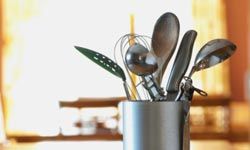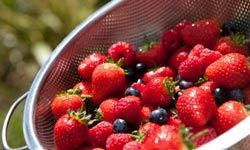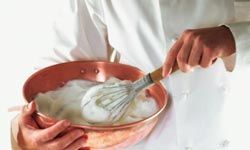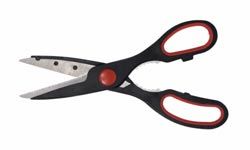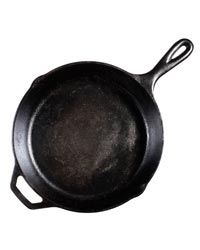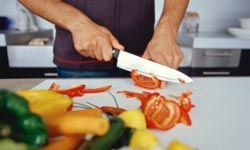Many obsessed foodies will go out of their way to get all kinds of fancy cooking tools for the kitchen. The newest gadgets promising to slice, dice and chop better than the rest seem to catch their attention, and before you know it the cupboards are overflowing with food processors, electric squeezers and juicers and objects with interesting names like Mandoline, Microplane and Silpat.
Of course, it's good to have a well-stocked kitchen, and the greater the variety of cooking utensils you have, the more you'll be able to do. But sometimes it's easy to overlook the essentials -- those classic cooking tools that make it possible to prepare our food. Without most of them, it'd be difficult or even near-impossible to make a lot of everyday foods. Read on to learn about 10 of the most important tools a cook should have in the kitchen.
Advertisement
